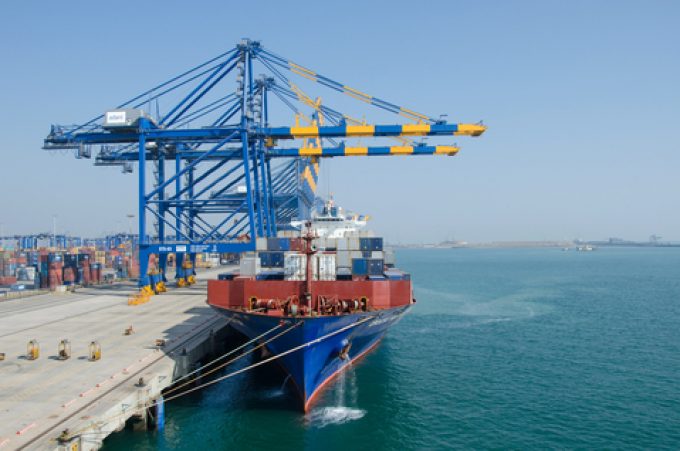New BIAL air cargo terminal a boost for India's perishables trade
UK ground handler Menzies Aviation has cemented its airfreight logistics operations in India with a ...

A container shortage in India is causing long delays for exporters, especially on US trades.
Earlier this month, The Loadstar reported the operational impact from the creeping equipment shortage in Asia ? dominant headhaul traffic has caused empties to pile-up at ports in the US and Australia, for example, prompting carriers to plead for the swift return of used import boxes.
According to New Jersey-based Worldwide Logistics (WL), the equipment shortage has spread to India, partly due to a drop in import ...
Trump tariffs see hundreds of cancelled container bookings a day from Asia
'Disastrous' DSV-Schenker merger would 'disrupt European haulage market'
'To ship or not to ship', the question for US importers amid tariff uncertainty
'Chaos after chaos' coming from de minimis changes and more tariffs
List of blanked transpac sailings grows as trade war heats up and demand cools
EC approves DSV takeover of DB Schenker
Shippers in Asia restart ocean shipment bookings – but not from China
Forto 'sharpens commercial priorities' as it lays off one-third of staff
India withdraws access for Bangladesh transhipments, in 'very harmful' decision
'Tariff hell' leaves industries in limbo – 'not a great environment to plan'
IndiGo fleet expansion plan will include a major push to boost cargo volumes
Pre-tariff rush of goods from US to China sees air rates soar, but not for long
De minimis-induced ecommerce demand slump could cripple freighter operators
'Restoring America's maritime dominance' – stop laughing at the back of the class
Hapag 'took the bigger risk' when it signed up to Gemini, says Maersk
Navigating tariffs: 'like trying to solve a Rubik's cube while colour-blind'

Comment on this article
Abir Gill
December 09, 2020 at 1:17 pmNice Post Sam! Thanks for sharing this crucial information through your informative article. I think currently, the waiting time for access to a container for exporters is now two-three weeks.